More Specifications Info – Huawei P20 Review
Even specialists may become confounded by the extended list of industrial terminology in the Huawei P20 brochure. So many questions will run through your thoughts when you think to buy a new mobile phone. In this article, you can take a look at Huawei P20 reviews that represent the majority of its features and technical terminology so you can know everything about it.
Huawei company declared the Huawei P20 smartphone model on 3/27/2018 and Released 2018, April 06. However, this model’s status in the market is: Available.
Huawei P20 comes with 5.8 inches, 84.9 cm2 display size
Huawei P20 has 64GB 4GB RAM, and 3400 mAh battery life (the more mAh value gives more strength to the battery). When you purchase Huawei P20, you will gain a 12 MP, f/1.8, 27mm (wide), 1/2.3″, 1.55µm, PDAF, Laser AF, OIS rear camera and 24 MP, f/2.0, 26mm (wide), 1/2.8″, 0.9µm selfie camera.
Huawei P20 comes with the following performance and platforms:
* Android 8.1 (Oreo), upgradable to Android 9.0 (Pie), EMUI 9.1 OS,
* Kirin 970 (10 nm) Chipset,Octa-core (4×2.4 GHz Cortex-A73 & 4×1.8 GHz Cortex-A53) Processor.
To get a full good Huawei P20 review and make a well-informed decision on what device you will purchase, continue reading this article.
Know All About Body Specifications In This Huawei P20 Review
When planning to buy a new mobile phone, the body features must be taken into consideration. These physical specifications include body size, weight, and build. You can read Huawei P20 review in terms of the body characteristics in the lines that follow.
* Body Dimensions: 149.1 x 70.8 x 7.7 mm (5.87 x 2.79 x 0.30 in) which mean height, width, and thickness (depth) respectively.
* Body Weight: 165 g (5.82 oz).
For mobile phones, a weight between 140g to 170g is considered suitable and appropriate for most customers.
* Body Build: Glass front, glass back, aluminum frame.
The following body types of the cellular phones are available:
* Metal. Due to the fact that it is made of metals, it is the most powerful in terms of saving the mobile phone’s internal parts.
* Plastic. This kind could be more durable than metal because it doesn’t flex. Additionally, because it doesn’t break easily, it has a longer operating life than a glass one.
* Glass. This kind of smartphone’s body looks more polished and attractive, despite the fact that the fragile nature of glass makes it more breakable.
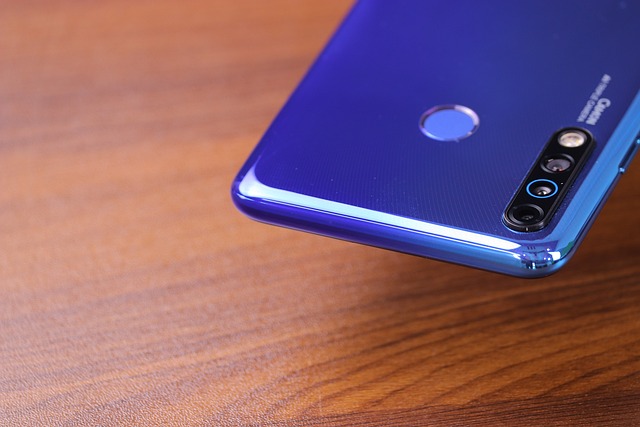
The Available Colors – Huawei P20 Review
Modern mobile phones come in a variety of colors. Companies are also producing gradient colors in addition to solid color devices.
Huawei P20 comes in the following colors: Twilight, Black, Midnight Blue, and Pink Gold.
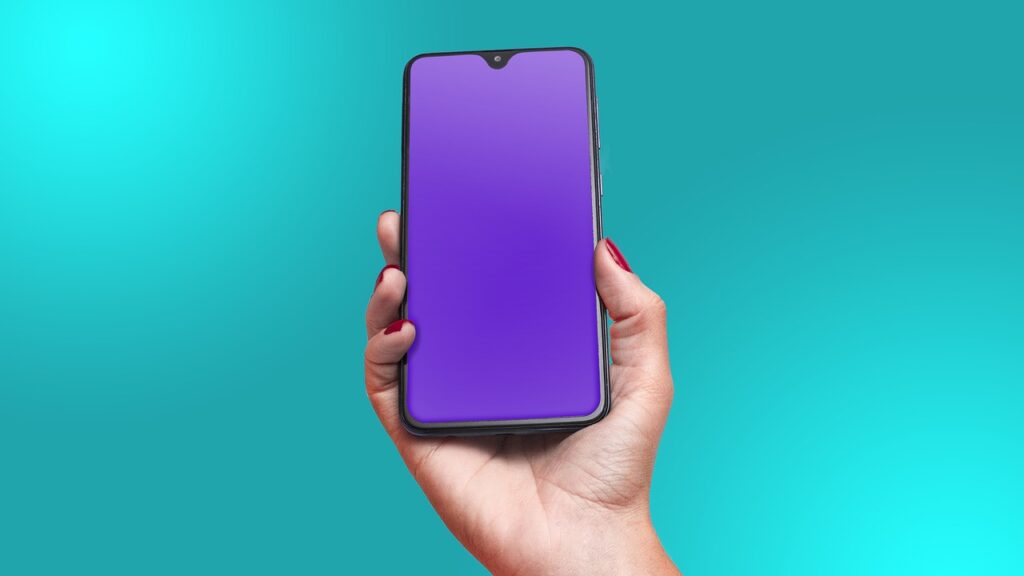
All About Display specifications in one Huawei P20 Review
With the rapid evolution of mobile inventions, it is difficult to know any smartphone or combination of features is the best. This is relevant to the screen’s quality and features. In fact, selecting it depends on your particular requirement and the areas in which you use mobile phones. In the following lines, we will demonstrate the primary display characteristics of the Huawei P20
Display Type: IPS LCD – Remember that you need to look for a screen kind that provides more bright colors and proper black color.
Display Size: 5.8 inches, 84.9 cm2 – The popular standard screen size of smartphones now averages between 4.7 and 6.5 inches.
Screen To Body Ratio: (~80.4% screen-to-body ratio). It provides the percentage of how much the display covers the front face. Smartphones that have the largest screen-to-body ratio look delicate and give it a premium look.
Display Ratio: 18.7:9 ratio. the Aspect ratio is the relevance between the height and width of the smartphone screen. Taller aspect ratios like 19.5:9 is coming with the most modern smartphones, and it is suitable for web browsing, and other portrait orientation apps.
Display Resolution: 1080 x 2240 pixels. It is the clarity of an image video in detail and sharpness. The pixel resolution for high-definition screens is 1920 x 1080.
Display Density: (~429 ppi density). It is the number of physical pixels per inch on a screen and is measured in Pixels Per Inch (ppi).
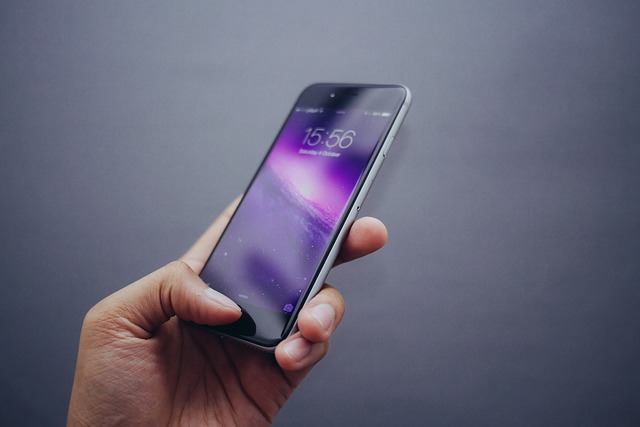
Huawei P20 Review In Terms of Camera Specs
In the following lines, you will find the Huawei P20 review about the main cameras.
* Main Camera Single: {12 MP, f/1.8, 27mm (wide), 1/2.3″, 1.55µm, PDAF, Laser AF, OIS}.
Here are explanations about some of the symbols included in the camera characteristics:
MP (Megapixels) is the resolution of the image taken by a smartphone.
(f value) is the aperture of a lens that indicates how much light it lets in. The larger the aperture, the more light is let in; and vice versa.
(mm value) This measurement is of the lens’s focal length, which affects the final image that is produced by your camera.
AutoFocus (AF) is the function of a camera to automatically focus on a subject.
* Main Camera Dual: 20 MP B/W, f/1.6, 27mm (wide), 1/2.7″, PDAF
The main camera features are as follows:
HDR, panorama, Leica optics, 4K@30fps, 1080p@60fps, 1080p@30fps (gyro-EIS), 720p@960fps main video camera.
Here is the Huawei P20 review of the selfie camera:
* Selfie Camera Single: 24 MP, f/2.0, 26mm (wide), 1/2.8″, 0.9µm
The main camera specifications are:
1080p@30fps Selfie video camera.
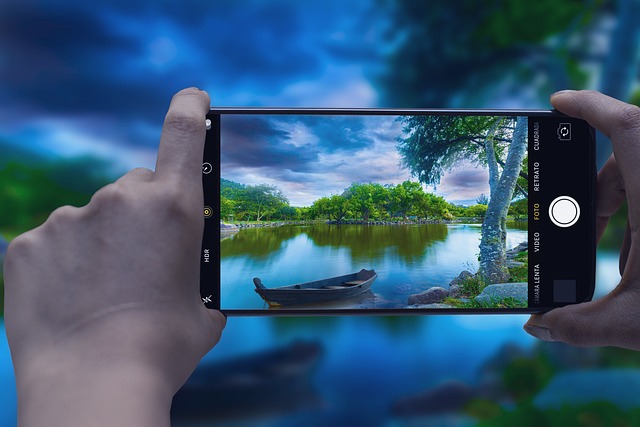
Huawei P20 Review of the SIM Card
The acronym SIM is used to refer to the Subscriber Identity Module. It is a microchip that can be fitted into your cellular phone to be able to access your phone’s communication features to make calls, send SMS, and connect to the 3G, 4G LTE, and 5G mobile internet. For more information about 3G / 4G networks, refer to Huawei P20 3G or Huawei P20 4G articles. SIM cards come in three sizes: Standard (Mini), Micro, and Nano. It is possible to use your mobile phone without a SIM card, such as using the calculator, playing games, saving text or voice notes, and connecting to a Wi-Fi network to explore the internet.
This cellphone model comes with Single SIM (Nano-SIM) or Dual SIM (Nano-SIM, dual stand-by) card. For more info, refer to How to insert SIM card in the Huawei P20 article.
Here are the common SIM card types:
* Nano-SIM. It is the smallest removable SIM card size, so it is the most modern one (other than eSIMs, which we’ll read about it very soon) and it’s used by the vast majority of current cell phones.
* Micro SIM. They have a slightly larger chip, and they haven’t been utilized too often recently.
* Standard SIM (Mini-SIM). It is the biggest SIM card size in use, and it’s the most rarely used.
* eSIM. It is an embedded SIM card, i.e., you can’t take it off of your cellphone.

Huawei P20 Review – Chipset, CPU, and GPU
This model has Kirin 970 (10 nm) chipset.
A chipset on a mobile phone is most usually termed as a system-on-chip (SoC). It is an integrated circuit that combines all the basic components of a device on a single chip. The most common types are: QUALCOMM Snapdragon, MEDIATEK CHIPSETS, and INTEL ATOM.
Huawei P20 has Octa-core (4×2.4 GHz Cortex-A73 & 4×1.8 GHz Cortex-A53) CPU.
The performance of the CPU will be improved if the CPU has more cores and higher speed of processing.
Huawei P20 has the following GBU (Graphics Processing Unit): Mali-G72 MP12.
This chip is responsible for processing and accelerating all graphics jobs, and the faster the GPU, the more powerful the cellphone will be.
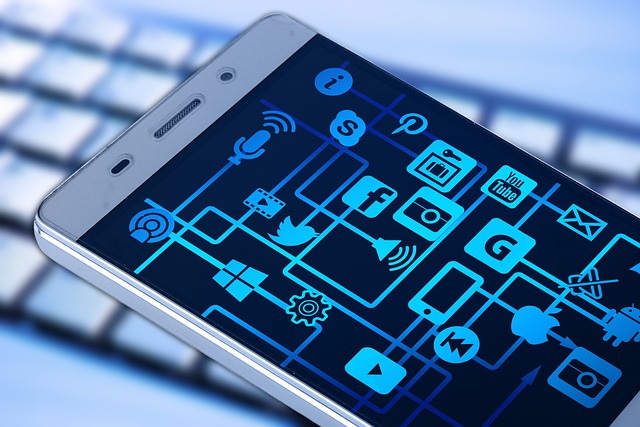
Huawei P20 Review of the Storage specifications and Capacity
The quantity of storage that a new smartphone provides is one of the major decision considerations.. and the following internal memory: 64GB 4GB RAM – 64GB 6GB RAM – 128GB 4GB RAM – 128GB 6GB RAM
There are two types of phone memory:
Internal: It is integrated inside the phone, and can’t be increased. These days, most smartphones come with an internal memory of at least 32GB or 64GB and a few high-end models feature 256GB or 512GB.
External: It is a removable SD card used as extra storage to save photos, music, videos, etc., regardless of the kind of SD card slot.
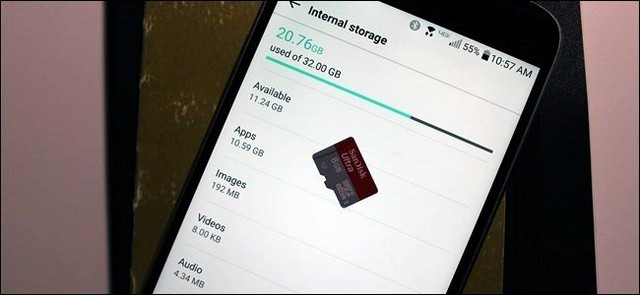
Huawei P20 Review – Mobile Networks and communication
The complex architecture used by mobile networks covers base stations sending radio waves through hexagonal regions known as “cells” (hence mobiles also being known as cellphones). In order to prevent any signal-deficient locations, thousands of cells interfere across different geographic regions. 3 various network kinds available today: 3G, 4G, and 5G. These networks have the capacity to pick up and deliver mobile connections as well as transmit and receive data and information.
Huawei P20 supports the following networks: 3G. For more information, refer to the Huawei P20 3G article. – 4G. For more information, refer to Huawei P20 4G article.

Huawei P20 Review – Available Wireless Connections
This model comprises the following wireless connections:
* WLAN connection: {Wi-Fi 802.11 a/b/g/n/ac, dual-band, Wi-Fi Direct, hotspot}. Wireless Local Area Network depends on Wi-Fi to connect to the home or office wireless network using the local router and provides Internet access.
* Bluetooth connection: {4.2, A2DP, LE, EDR, aptX HD}. It is a common wireless communication protocol used to communicate two devices together over short distances, allowing them to share data between different devices.
* GBS connection: {Yes, with A-GPS, GLONASS, GALILEO}. Global Positioning System allows cellular phones to define any position you need.
* NFC connection: {Yes}.Near Field Communication is a wireless technology that allows your cellphone to transfer data to another device when they’re close together, so it’s generally used for contactless payments. For more information, refer to NFC on Huawei P20 article.
* USB connection: {USB Type-C 3.1}.Universal Serial Bus is wired technology that allows users to connect two devices, such as a smartphone with a PC, to either transfer data or charge the connected device.
* Features Sensors: {Fingerprint (front-mounted), accelerometer, gyro, proximity, compass, color spectrum}. The sensor is a device that detects and majors the changes in the nearby environment such as ambient light and motion.
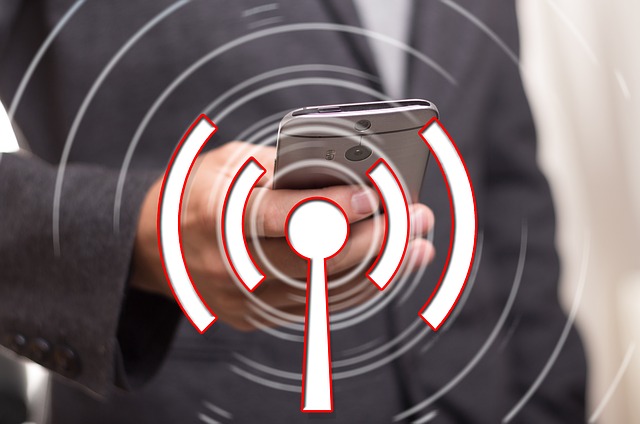
The Operating System – Huawei P20 Review
This model comes with {Android 8.1 (Oreo), upgradable to Android 9.0 (Pie), EMUI 9.1} operating system.
Main Specs of The Battery – Huawei P20
Nothing is more essential than the mobile phone’s battery, which powers these gadgets and keeps daily life going. The following lines are demonstrating the Huawei P20 review of its main battery.
* Battery Technology: {Li-Po}.
* Huawei P20 comes with {non-removable} battery.
* Battery Capacity: {3400} mAh. It refers to the amount of storage volume a specific battery can provide. A battery with a 3100 mAh capacity rating could supply a current of 3100 mA for one hour. Higher mAh ratings for the same battery kind will usually mean more working time.
* Battery Charging: {Fast charging 22.5W}.
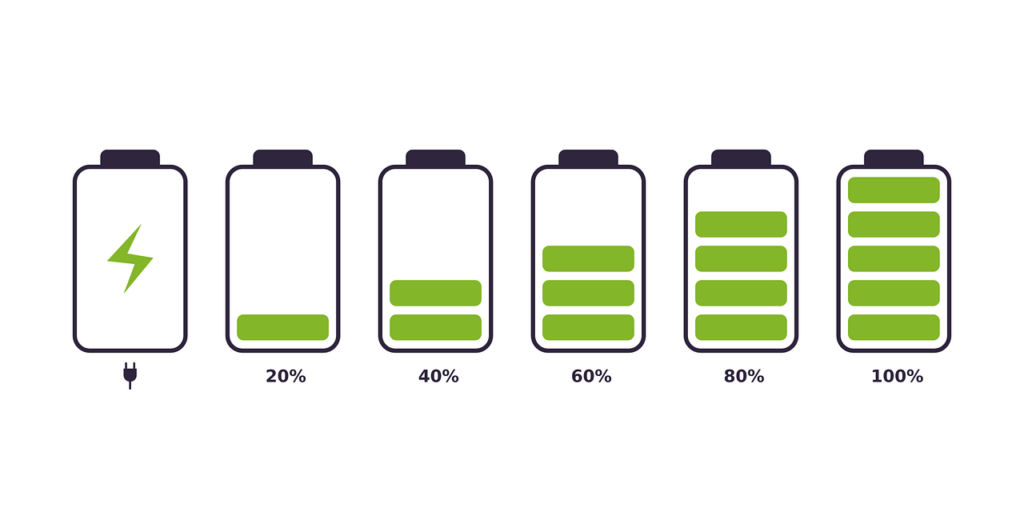
Huawei P20 Review – The Battery Secondary Specs
In addition to the primary Huawei P20 specs that we mentioned earlier, this model has more battery-related characteristics that are relatively varied depending on the model of the cellphone. Here are these specifications:
* Battery Charging Original: {Fast charging 22.5W}.

